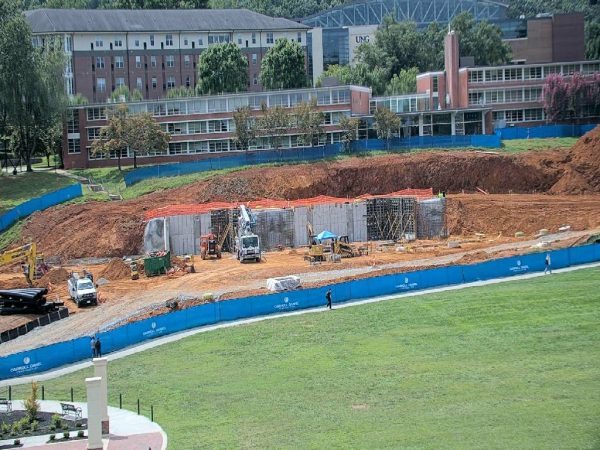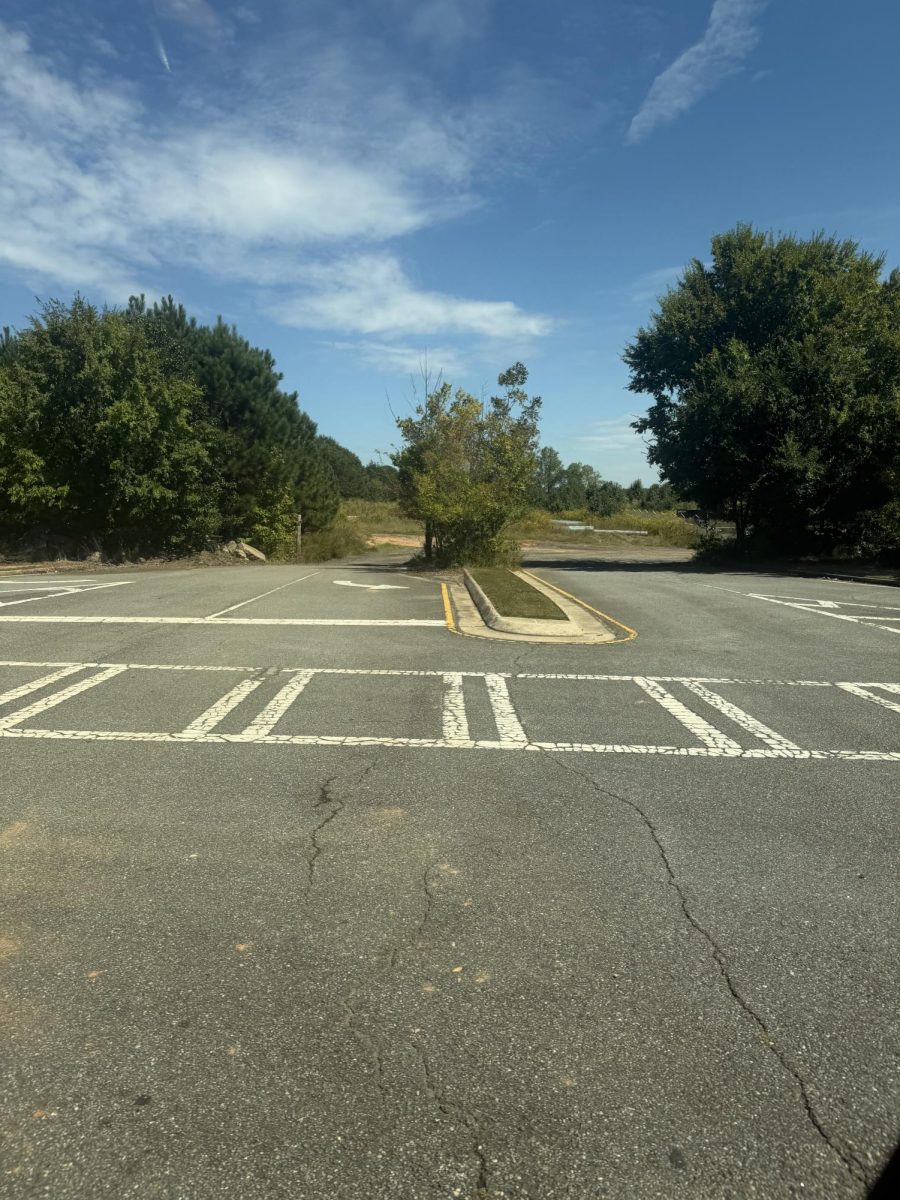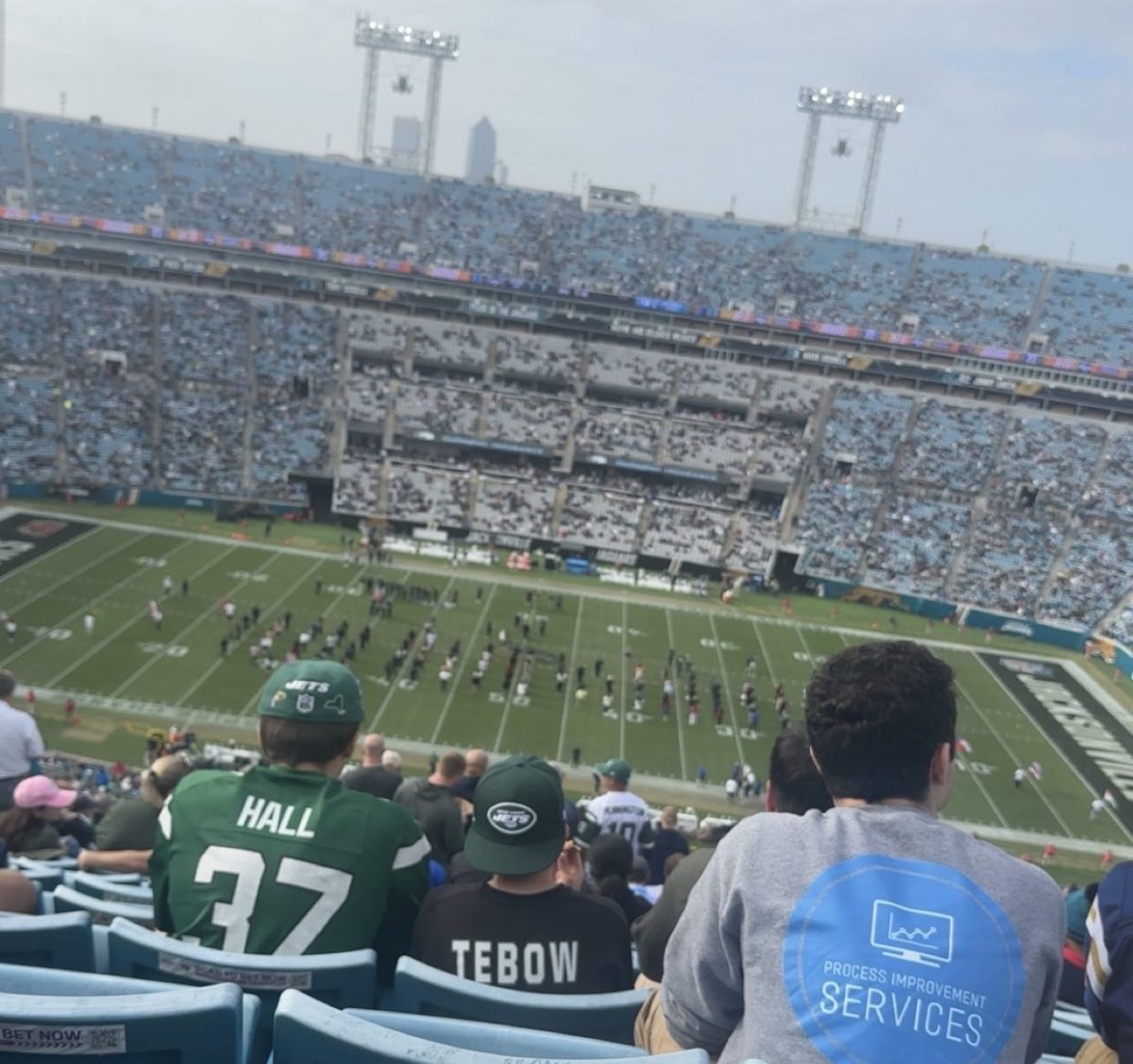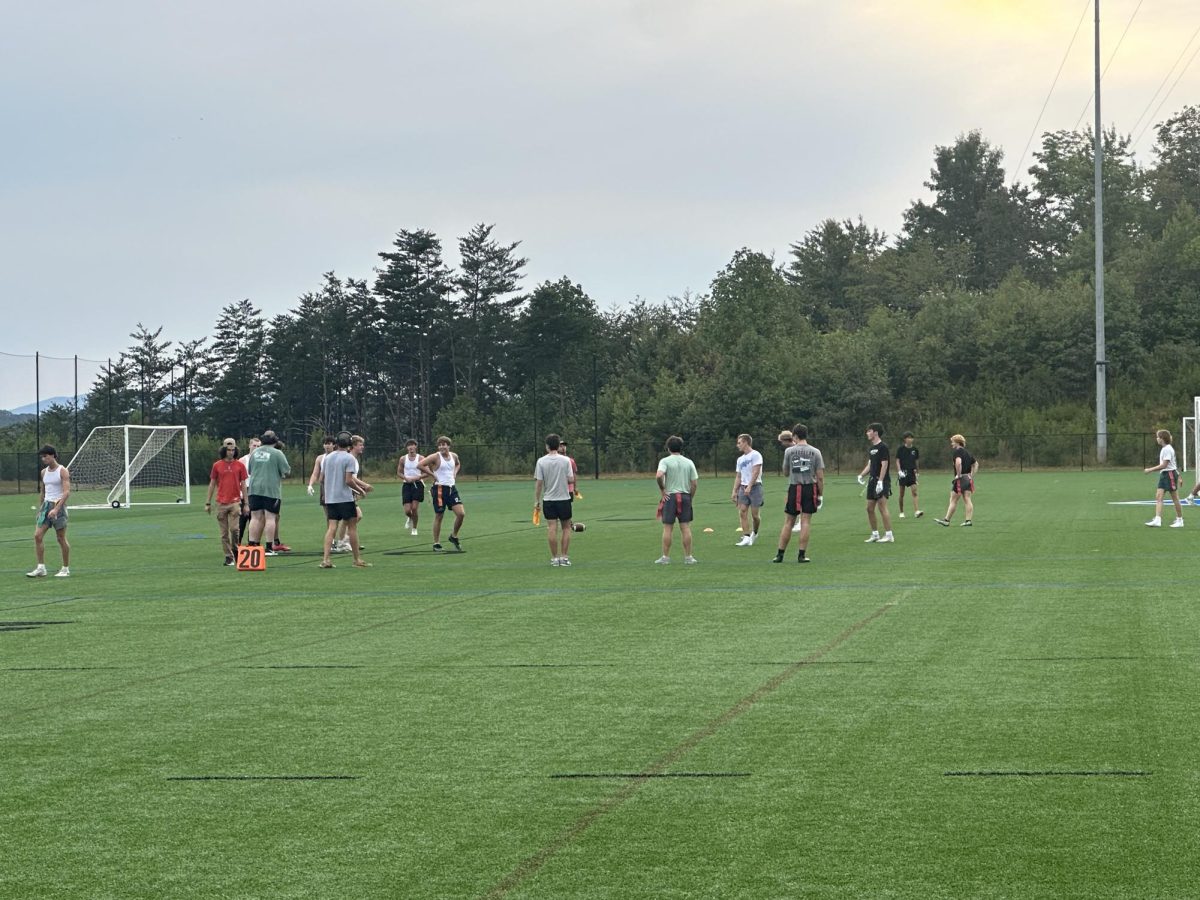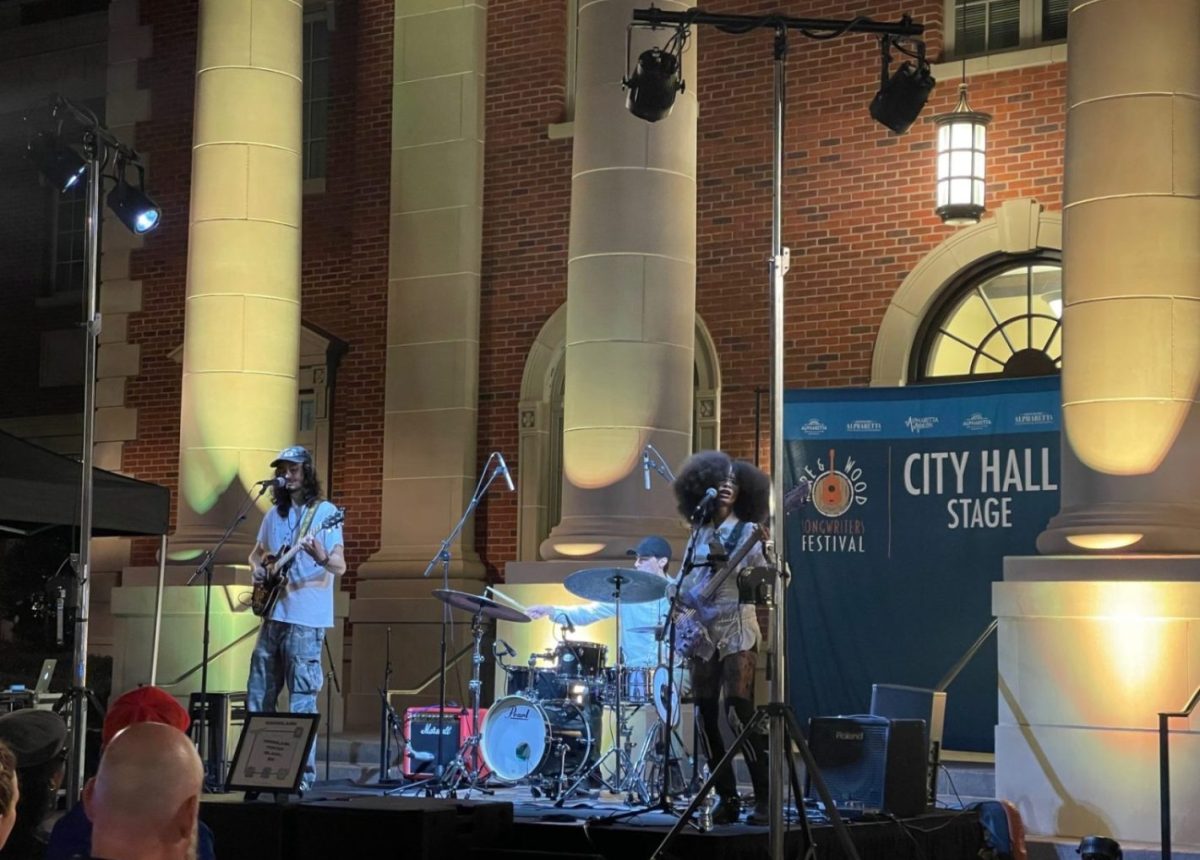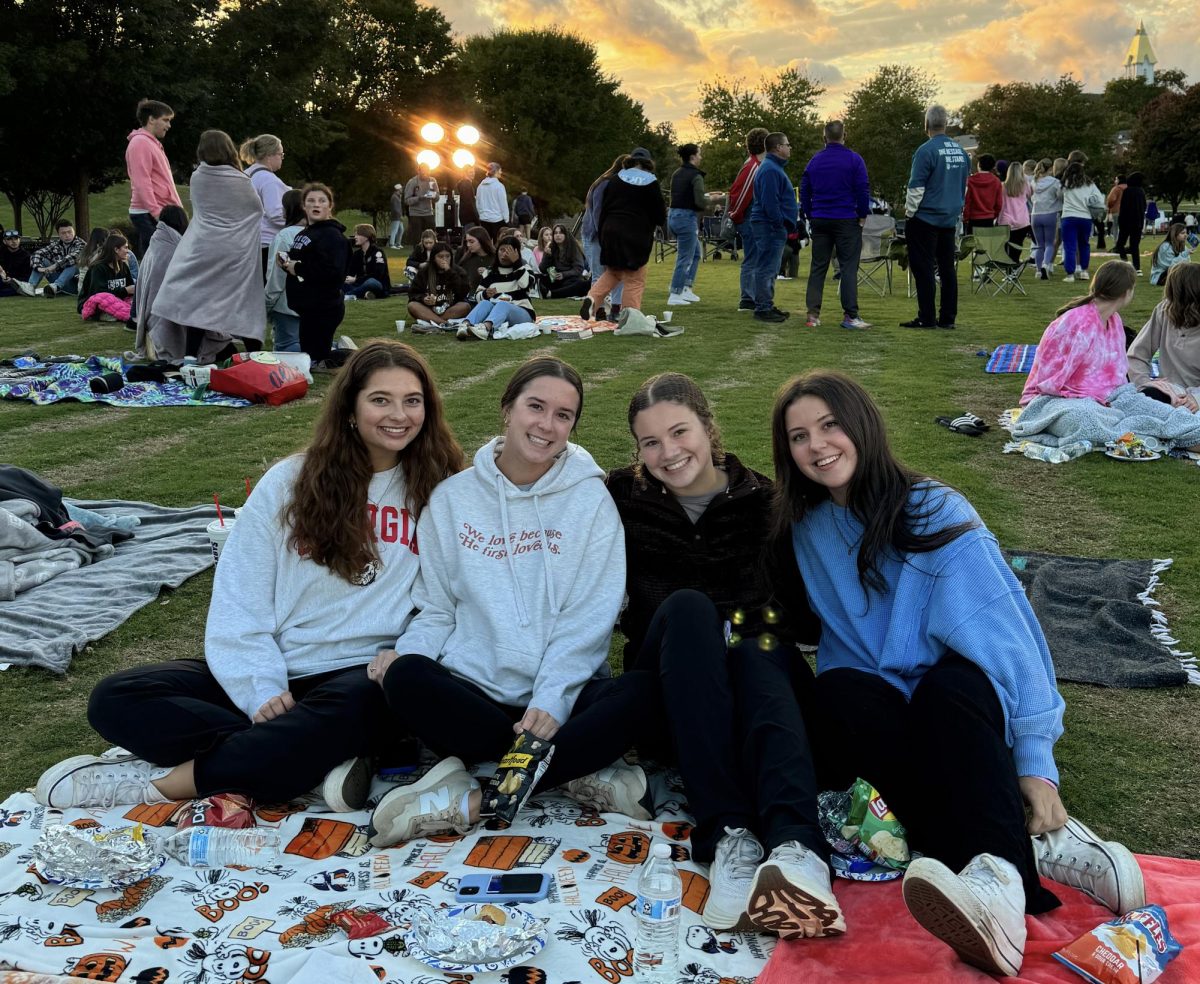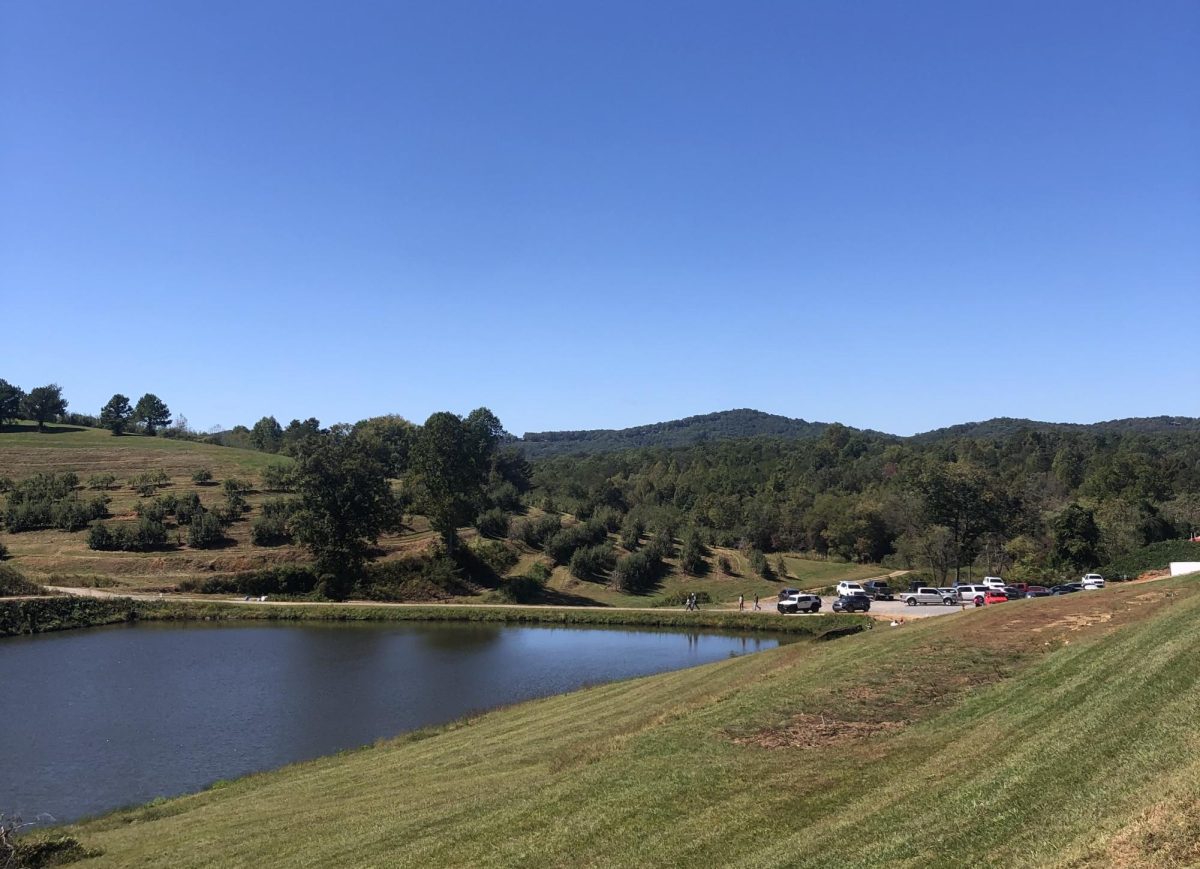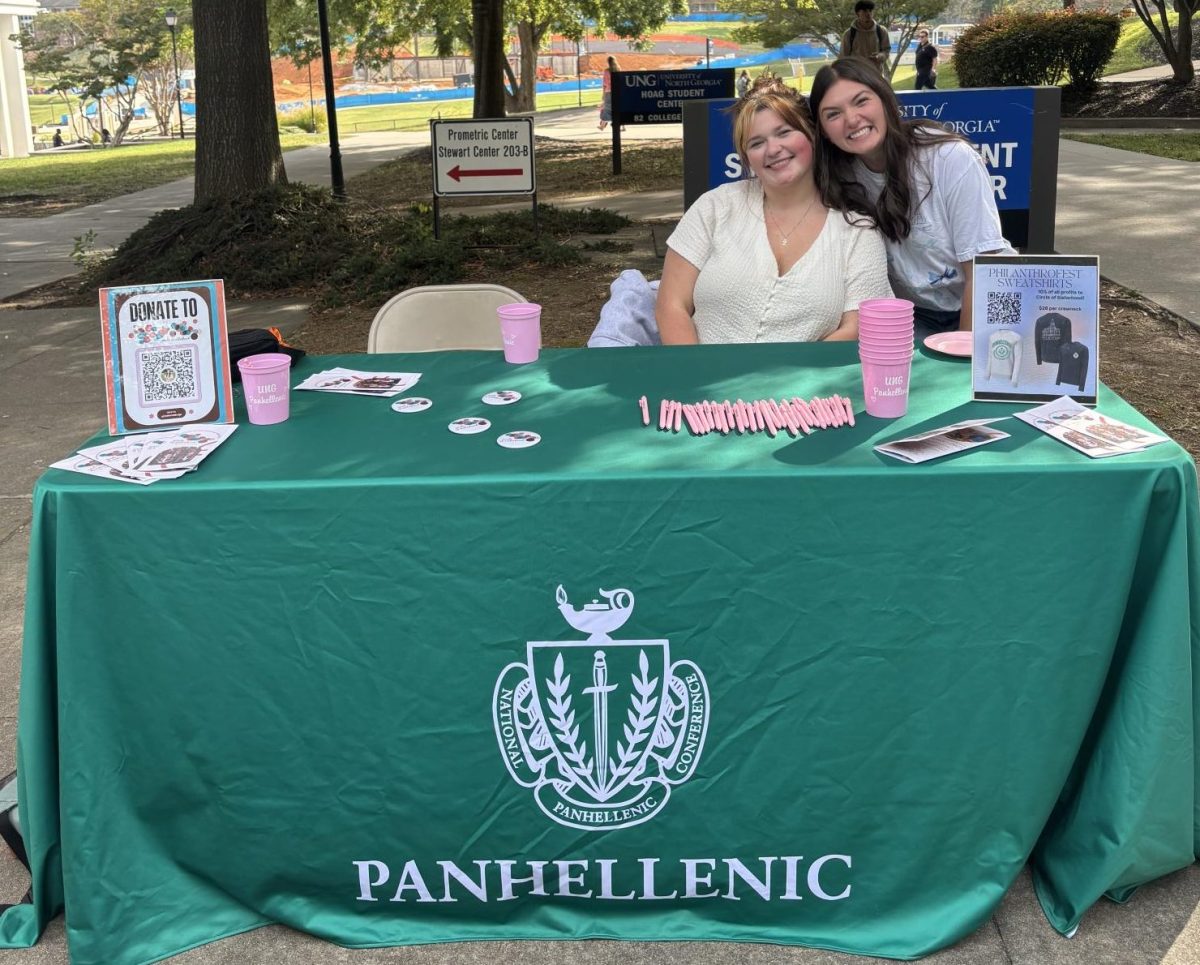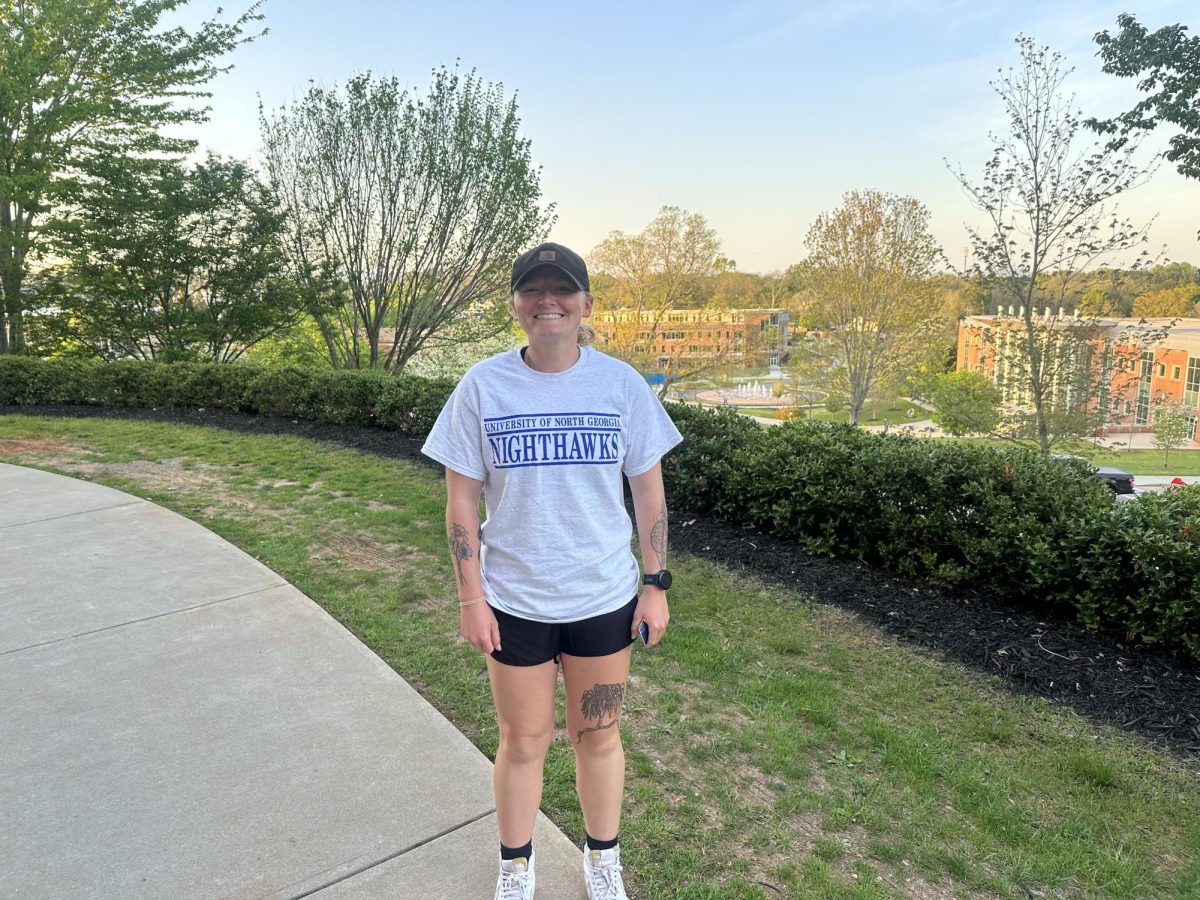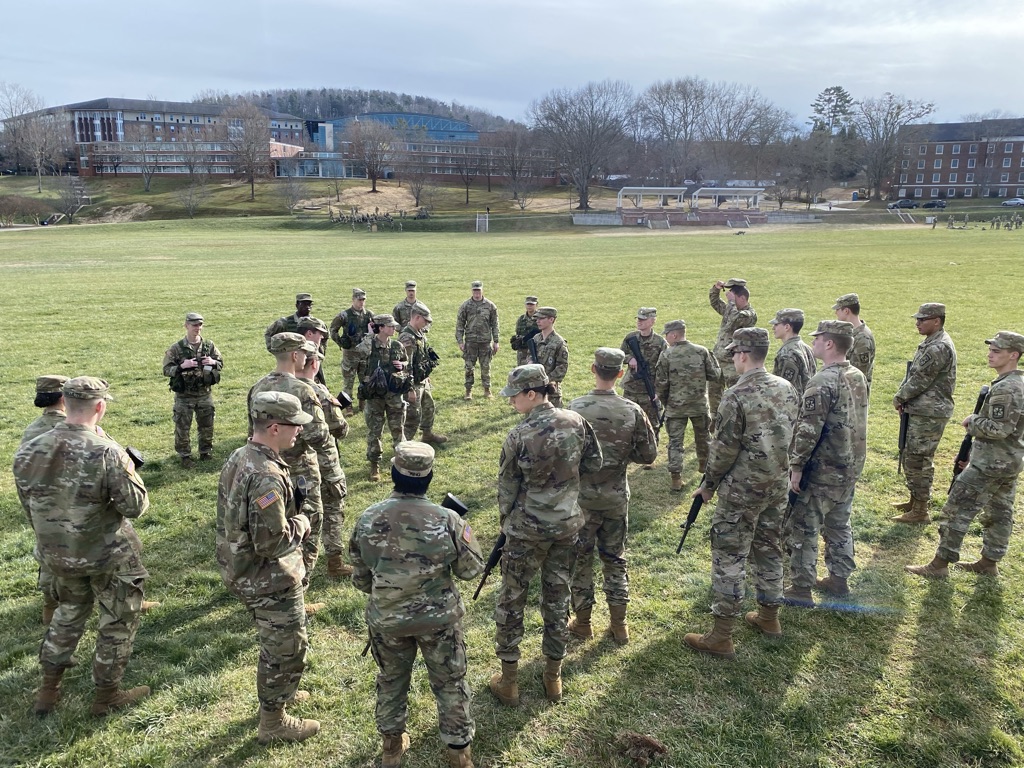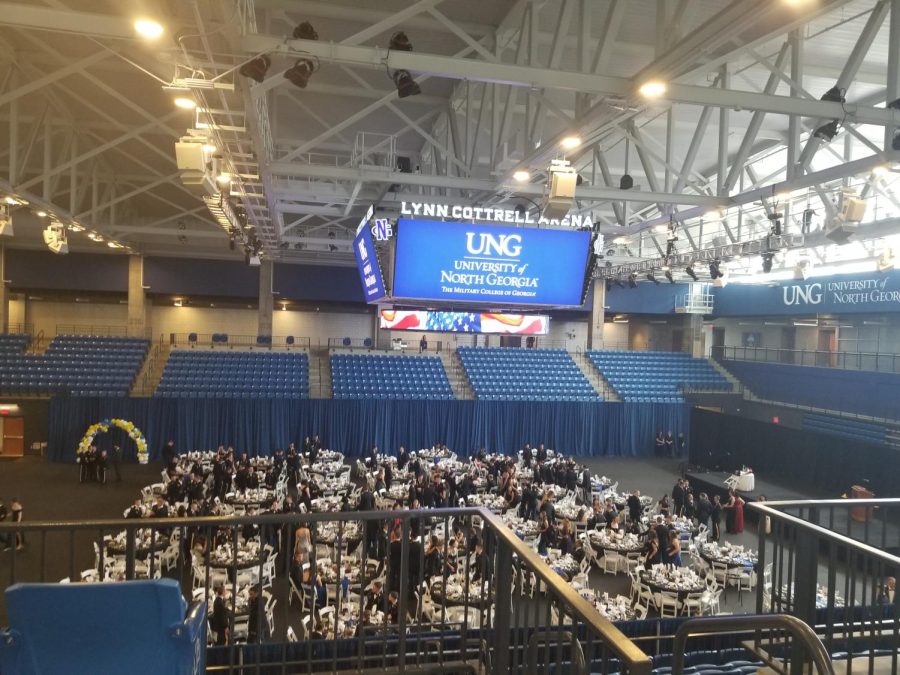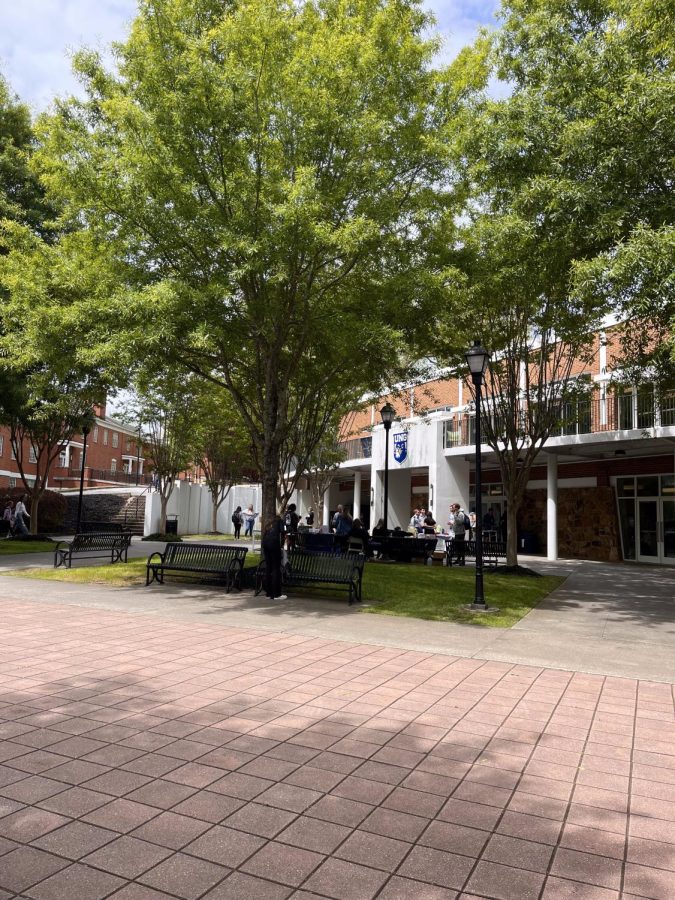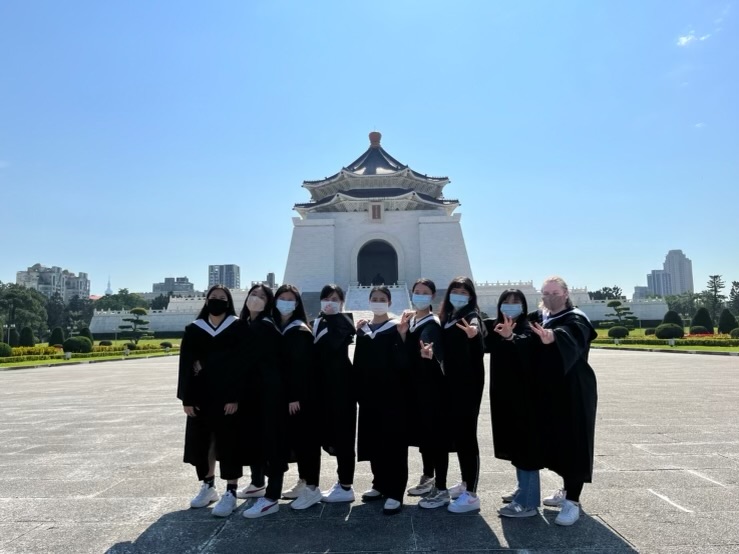Rising above the drill field with a view of the gold steeple, the future Wynn-Matthews Military Science Center will soon stand as a landmark of both tradition and transformation at the University of North Georgia. Leaders say the $30 million facility will not just be a building but a new “heartbeat” for the Corps of Cadets.
Set to open in August 2026, the 85,000-square-foot center will bring together classrooms, instructor offices and training spaces under one roof for the first time. The project, years in the making and funded in large part through alumni donations, is designed to enhance military education while keeping cadets connected to the traditions that define UNG as The Military College of Georgia. “This is a significant upgrade,” said Commandant of Cadets James Thomasson, who described the project as both practical and symbolic. “It will house our classrooms, bring instructors together and give cadets a facility that reflects their importance on campus.”
Executive Officer Tim Palmer, who has graduated from, and now serves at, UNG, said the center’s impact will be transformational. “This will take cadets to the next level,” he said. “It’s about creating a place that is truly the heart of cadet learning and instruction, while staying tied to the U.S. Army and its mission.” For cadets, the new building promises something more than extra space. Its location is steps from the cadet dorms and the drill field. “Technology and location are the two big changes,” Thomasson said. “Cadets will be closer to their housing, closer to the drill field and closer to the resources that prepare them for service.”
Palmer added that the design itself reinforces the training mission. Classrooms overlooking the drill field will allow cadets to reflect on drills while learning inside. “When you can visualize what you’re learning while you’re in class, it deepens the experience,” he said. “That connection makes the lessons more personal, more real. The old leadership building has harsh infrastructure and air conditioning issues, and has long been a frustration for students and faculty. Thomasson said the contrast will be highlighted. “This is not just an upgrade,” he said. “It’s a reimagining of how cadets live and learn here.”
Palmer emphasized that the real strength of the center will be the environment it creates. “It’s not just technology or walls,” he said. “It’s a setting that fosters honest communication, transparency and firsthand lessons from instructors who know what service really means.”
While the facility is designed for cadets, it will also serve as a place for non-commissioning cadets to be enrolled in military science courses and leadership opportunities. Palmer estimated about 45 students are currently non-commissioning, many of those are pursuing leadership training to apply in civilian careers. “These young leaders will make a difference, whether they commission or not,” Palmer said. “That’s the beauty of this building, it creates opportunities for all who are serious about leadership and service.”
The Corps of Cadets is continuously focused on growing. Palmer says, “This building is the first step…It expands the military village and lays the foundation for the corps of the future.” The plans were drafted by Development Officer James Corbin, who also helped raise the money needed for this center. Thomasson said this project reflects UNG’s decision to “go bigger and better.”
As The Military College of Georgia, UNG already has a unique national identity. Thomasson noted the new building is not about chasing reputation but about reaffirming the university’s mission. Both leaders agreed the true legacy of the Wynn-Matthews Center will not be measured in steel and concrete, but in the generations of cadets who pass through its doors. Palmer said “Without a doubt, this will strengthen who we are. It sends a message that UNG is serious about producing leaders for the Army and beyond.”
Thomasson said, “The legacy is in the students…They’re students first, and this building was donated by alumni who wanted to give back to their education.” Palmer agreed with that, describing cadets as “young leaders who will transcend boundaries and make a difference for all of us.”
Construction is expected to wrap up in July 2026, just in time for cadets to walk into a new era of training that fall. “This isn’t just a building,” Thomasson said. “It’s a statement about who we are as a Corps, and where we’re going.”
